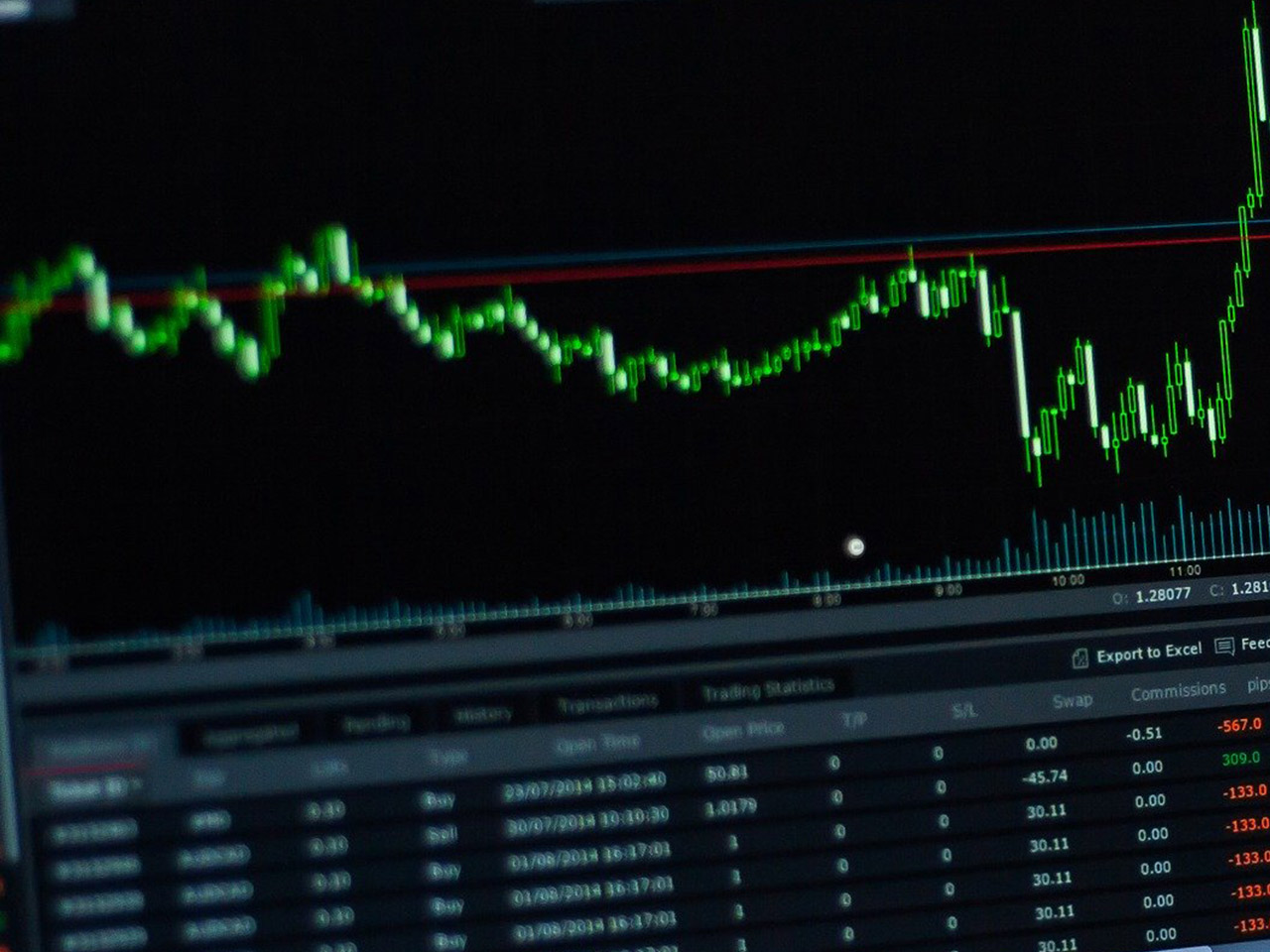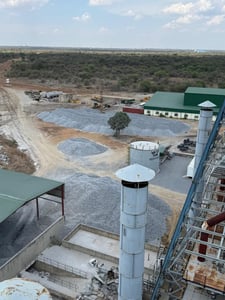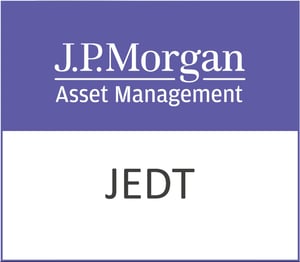Aviva plc (AV.L), a stalwart in the diversified insurance industry, continues to play a pivotal role in the financial services sector, with a rich history dating back to 1696. Headquartered in London, Aviva serves a broad array of markets across the UK, Ireland, Canada, and beyond, offering insurance, retirement, and wealth products. With a market capitalisation of approximately $19.94 billion, Aviva remains a significant player on the global financial stage.
The current share price of Aviva stands at 651.6 GBp, showing a marginal decline of 0.01%. This price sits comfortably within its 52-week range of 453.10 GBp to 678.60 GBp, suggesting a relatively stable performance despite market fluctuations. Investors should note that the average target price from analysts is 664.17 GBp, offering a modest potential upside of 1.93%.
Despite a commendable revenue growth rate of 14.00%, the absence of a trailing P/E ratio and other valuation metrics might raise questions among investors concerning the company’s profitability and valuation transparency. Notably, the forward P/E ratio of 1,101.59 appears unusually high, indicating potentially skewed future earnings expectations or anomalies in earnings estimates.
Aviva’s earnings per share (EPS) currently stands at 0.22, with a return on equity (ROE) of 9.70%, reflecting its ability to generate earnings from shareholder equity. However, the negative free cash flow of over £1 billion could be a point of concern, as it suggests cash outflows exceeding inflows, potentially challenging the company’s liquidity position.
The company’s dividend yield of 5.66% is an attractive feature for income-focused investors. Yet, the payout ratio of 160.81% exceeds 100%, indicating that Aviva might be paying more in dividends than it is earning, which could be unsustainable in the long run unless supported by strong future earnings growth.
Analysts appear optimistic, with eight buy ratings and four hold ratings, and no sell ratings, signifying confidence in Aviva’s strategic direction and market positioning. The technical indicators provide mixed signals; the current RSI of 35.98 suggests that the stock is nearing oversold territory, potentially flagging a buying opportunity for contrarian investors. However, the MACD and signal line dynamics might suggest caution, as the MACD is below the signal line, which could indicate a bearish trend.
Aviva’s extensive product range and robust distribution network, including its MyAviva platform, highlight its diversified business model. This diversity can serve as a buffer against sector-specific risks, enhancing its appeal to investors seeking to mitigate risk through exposure to multiple financial services segments.
For investors considering Aviva, the decision hinges on weighing the attractive dividend yield and established market presence against the concerns of high payout ratios and negative free cash flow. As ever, thorough due diligence and a clear understanding of one’s investment goals and risk tolerance remain paramount.






































